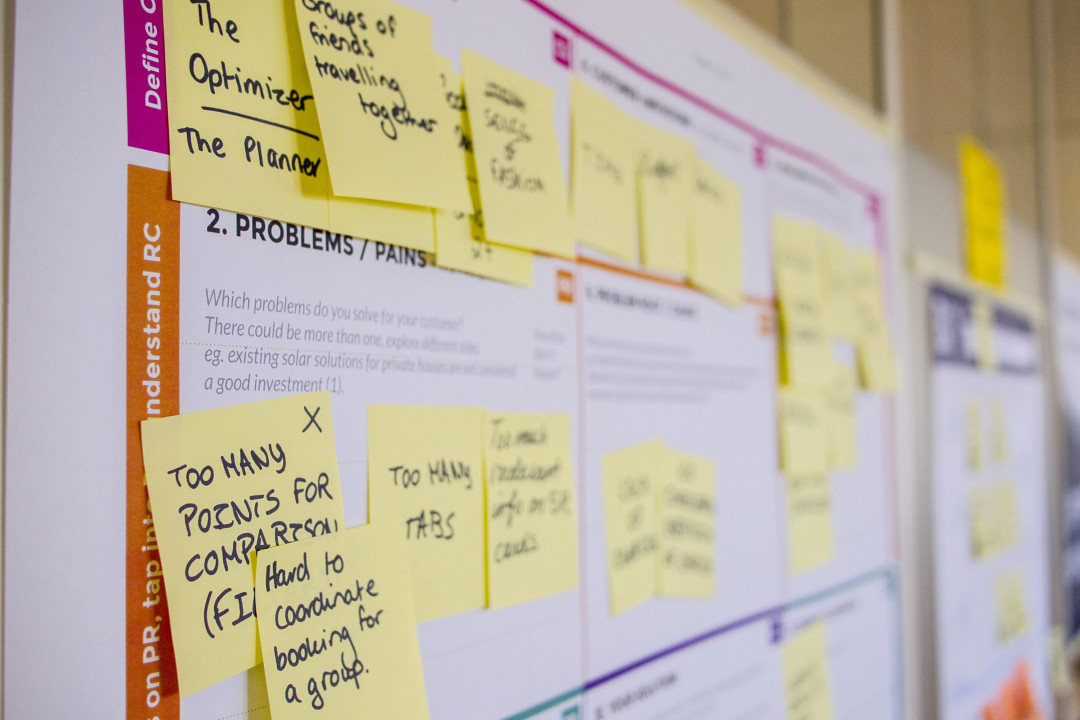
Author: Kalina Todorova
In the first part of the guide I presented three ways in which you can develop and enrich your practice. Let us now look at three more:
Turn social networking into an online business
This is something that has become a practice in the last year and a half during the pandemic - the use of social media and digital platforms as a substitute for physical spaces. Free social networks such as YouTube, Vimeo and Facebook Live are preferred by beginner musicians and singers, while Instagram and Pinterest are increasingly welcomed by artists, photographers and designers. These are public platforms suitable if you intend to share your work freely for greater publicity.

However, if you want your work to be paid, then Patreon is a good start. This is a platform where, unlike followers on other networks, the audience pays a monthly membership. Kickstarter, on the other hand, gives you the opportunity to raise funds for a specific project of yours. All you have to do is present it in an intriguing and interesting way to the rest of the creative community on the website so that they are willing to fund it. For example, by making a video in which you present the idea of the project, yourself and part of your work.
There are several other websites where you can build your own business page and sell your work without getting involved in the difficulties of creating your own website. Such are for example Etsy, Shutterstock, DeviantArt and the Bulgarian Artonline. Instagram and Facebook also have the option to create your own business page and integrate an online store using their built-in tools. The problem with them is that they require a lot more advertising and cataloging before your page can reach the right people.

No matter which approach (or combination of approaches) you choose, remember the most important thing: your business profile should look structured and professional. On the instagram for business page you will find dozens of tips and tricks on how to achieve this. And if you want to learn how to completely improve and expand your image on social networks, keep an eye on the specialized workshops at Highstreet.
Be open to criticism

Feedback is extremely important for any project. And also the criticism. As long as it is constructive, it helps you in the process of developing ideas. It is useful to receive comments and remarks not only from relatives, friends or people who are responsive to our work. We must also look for those who would say or point out things that will help progress and therefore improve the overall work. You can find such feedback even in the face of strangers or anonymous people, through questionnaires and surveys. The easiest way to get feedback on a specific project or on the overall work is to create an anonymous online questionnaire to share on social media and ask your followers to complete and distribute it.
Greet the failure

We end the second part of the guide with a counter-intuitive idea - welcoming failure. We are often afraid of this word and think that it is the thing we should avoid at all costs. However, this is not entirely true. Mistakes and the resulting failures are just a tool to help you get better than you were before. The worst approach is to be afraid of failure, never trying to succeed. That is why experience is always preferable, even if it involves a significant dose of risk. Every failure is an opportunity for further experience and improvement. If we are motivated, confident in our abilities and our goals are firmly set, then neither obstacles and difficulties, nor disappointment could divert us from the path. As the saying goes - "the master has failed more times than the beginner has even tried."